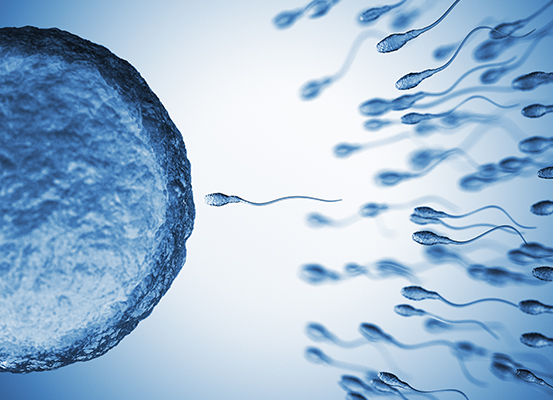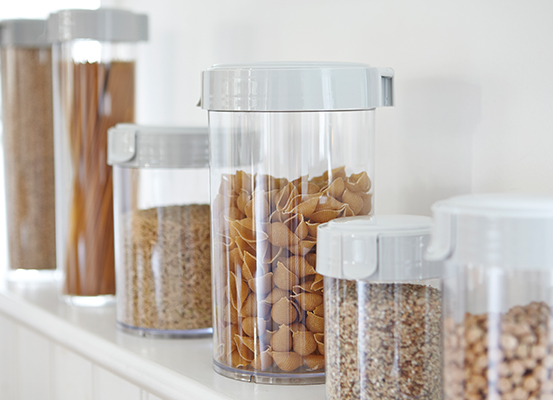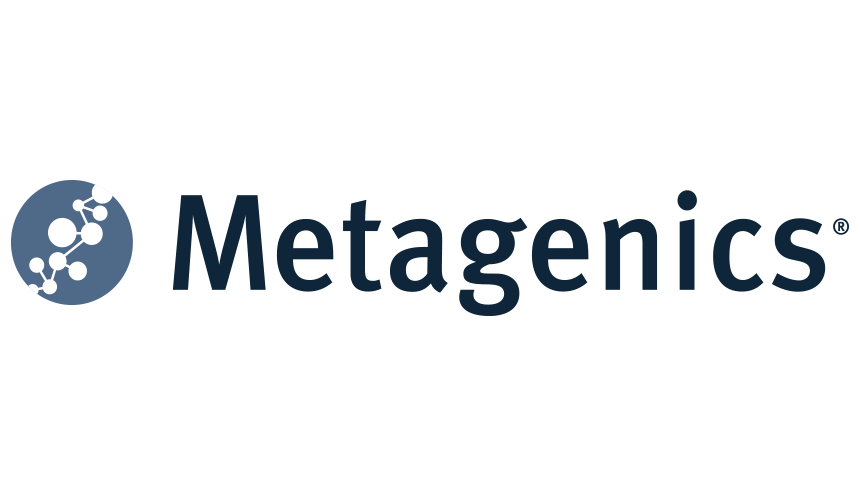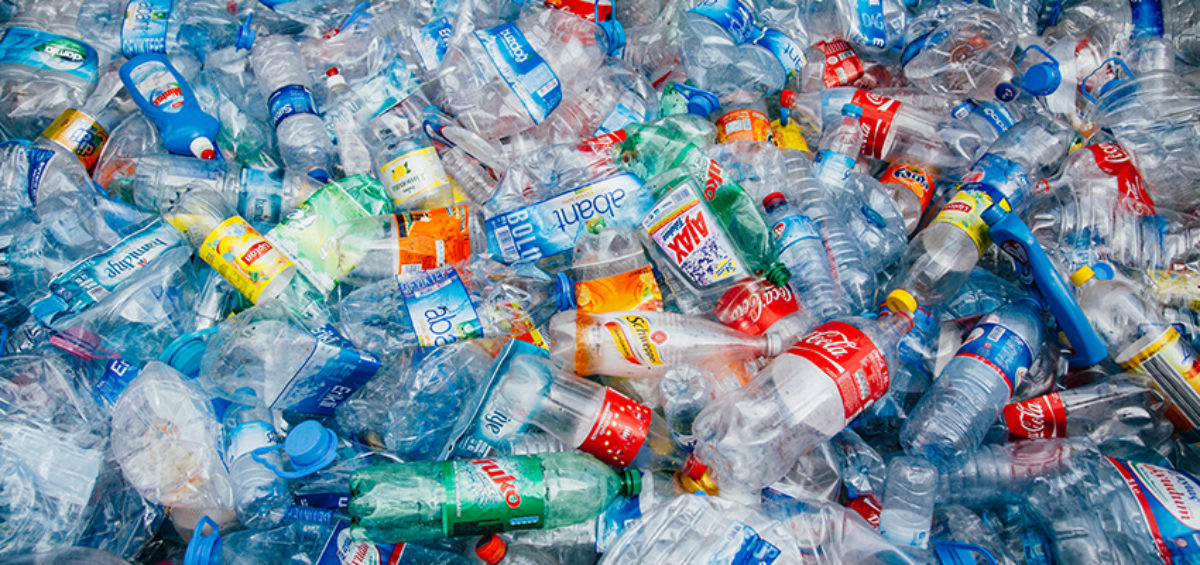Living in this modern society invariably means we are exposed to a wide array of environmental toxins, be it at home or work. These toxins can take the form of toxic ‘heavy’ metals (such as lead, mercury, cadmium, and aluminium), herbicides, pesticides, polychlorinated biphenyls (PCBs) and other persistent organic pollutants (POPs). Further, a whole range of what are termed ‘endocrine disrupting chemicals’ or EDCs, including phthalates, parabens and bisphenol A (BPA) are now identified as having a significant impact on our health.
As these toxins have made their way into water supplies and soils (and are unfortunately resistant to degradation), exposure to these environmental toxins is now virtually impossible to avoid.
Insidious EDCs
Of these toxins, EDCs can have a particularly potent impact. Common EDC-containing items include:
- Plastic products, e.g. storage containers, fast food containers and drink bottles (including BPA-free plastics);
- Non-organic fresh produce (which may have been exposed to herbicides and pesticides);
- Flame retardants found in new furniture and cars;
- Meats (due to POPs animals may have consumed in water or soil);
- Cleaning products;
- Make up;
- Personal cleaning and skincare products;
- Synthetic air fresheners; and
 Once the human body is exposed, EDCs predominately affect normal hormonal functioning – which can affect both men and women (and children). Hormones are vitally important compounds that orchestrate specific tasks, the development and functioning of our reproductive systems a prime example. This is overseen primarily by oestrogen and progesterone in women, and testosterone in men. However, these are the very hormones EDCs negatively impact by:
Once the human body is exposed, EDCs predominately affect normal hormonal functioning – which can affect both men and women (and children). Hormones are vitally important compounds that orchestrate specific tasks, the development and functioning of our reproductive systems a prime example. This is overseen primarily by oestrogen and progesterone in women, and testosterone in men. However, these are the very hormones EDCs negatively impact by:
- Blocking these hormones from instructing their target tissues (e.g. the ovary, breast, uterus or the testes);
- Mimicking the actions of the hormones (oestrogen especially), tricking cells into inappropriate action; and/or
- Reducing the synthesis (production) of the hormones, testosterone especially.
Within females, high levels of EDCs have been linked to abnormal puberty, irregular menstrual cycles, reduced fertility, polycystic ovarian syndrome (PCOS), endometriosis, fibroids and early menopause.1 The negative effects of EDCs are also at their most pivotal during pregnancy, as EDCs can be transferred to a foetus or infant via the placenta, as well as through breast milk,2 therefore also impacting breastfeeding children.

Further, men are particularly vulnerable to the effects of EDCs, as their exposure to oestrogenic compounds can reduce the signalling and functioning of androgens (e.g. testosterone), which is needed for healthy reproductive health. This effect is particularly marked if exposure occurs during early development (e.g. in utero or childhood).3 Due to this, EDCs have been linked to undescended testicles and urethra defects,4 testicular cancers, and poor sperm quality and function in .5 As sperm counts in western countries have declined as much as 50% in the last half century,6 the role and impact of EDCs cannot be ignored.
This data can often seem alarming and defeating; however, there are powerful steps you can take to reduce the impact of these environmental toxins, via supporting your body’s systems of detoxification and elimination.
Eliminating EDCs, Naturally
Combatting the effects of environmental toxins, such as EDCs, can be achieved by supporting their detoxification and elimination from the body. A potent way to achieve this is through the use of specific supportive herbs and nutrients, which are typically prescribed as a part of a comprehensive clinical detoxification program. Such ingredients include:
- Milk thistle: protects the liver from toxin exposure and enhances its detoxification capacity. It also prevents the reabsorption of oestrogenic compounds that have been sent to the large intestine for elimination,7 ensuring EDCs are correctly eliminated from your body.
- Turmeric: increases the detoxification of EDCs through the liver,8 reducing their levels within the body. This potent anti-inflammatory spice also reduces the inflammation and tissue damage that environmental toxins can cause in your body.
- Spirulina: stimulates the production of your body’s primary antioxidant, glutathione,9 which is required to neutralise cell damage EDCs can create, and also detoxify them from your body. This algae also has the ability to bind to many toxic metals,10 helping protect against the effects of heavy metal toxicity.11
- Probiotics: strain-specific probiotics support the health of your intestinal microbiome (gut bacteria), where a healthy balance of microorganisms is required for optimal elimination of environmental chemicals via the intestine.12
Another important way to approach the environmental threat of toxin exposure is to eliminate EDC-containing items within your home and workplace. A powerful place to start is transitioning away from using plastic containers for food storage and heating, and using glass or stainless steel instead. We will discuss further ways to detox your environment in an upcoming blog post, so look out for this soon!

Restricting Toxins for Happy Hormones
Yes, whether we like it or not, toxins such as EDCs are present within our environment, and are found in levels that make their impact on hormonal health hard to deny. From influencing reproductive development, increasing infertility or contributing to other hormonally-related conditions, EDCs’ role within these disorders needs to be first recognised, and then combatted. Undertaking a clinical detoxification program, with the use of targeted nutrients and herbs, is an ideal way to begin as it assists in mitigating EDCs influence in the body, and also supports their elimination. While EDCs might be here to stay, they don’t have to do so in your body! Take proactive steps toward protecting your health and hormonal balance, and that of future generations, by working to reduce your body’s exposure to EDCs.
References
1. Gore AC, Chappell VA, Fenton SE, Flaws JA, Nadal A, Prins GS, et al. Executive Summary to EDC-2: The Endocrine Society’s Second Scientific Statement on Endocrine-Disrupting Chemicals. Endocr Rev. 2015 Dec;36(6):593-602. doi: 10.1210/er.2015-1093.
2. World Health Organisation. Endocrine Disrupting Chemicals (EDCs) [Internet]. Geneva: World Health Organisation;[cited 2018 May 21]. Available from: http://www.who.int/ceh/risks/cehemerging2/en/
3. Sidorkiewicz I, Zaręba K, Wołczyński S, Czerniecki J. Endocrine-disrupting chemicals-Mechanisms of action on male reproductive system. Toxicol Ind Health. 2017 Jul;33(7):601-609. doi: 10.1177/0748233717695160.
4. Endocrine Society. Impact of EDCs on Reproductive Systems [Internet]. Washington DC: Endocrine Society;[cited 2018 May 21]. Available from: https://www.endocrine.org/topics/edc/what-edcs-are/common-edcs/reproduction
5. Sifakis S, Androutsopoulos VP, Tsatsakis AM, Spandidos DA. Human exposure to endocrine disrupting chemicals: effects on the male and female reproductive systems. Environ Toxicol Pharmacol. 2017 Apr;51:56-70. doi: 10.1016/j.etap.2017.02.024.
6. Endocrine Society. Impact of EDCs on Reproductive Systems [Internet]. Washington DC: Endocrine Society;[cited 2018 May 21]. Available from: https://www.endocrine.org/topics/edc/what-edcs-are/common-edcs/reproduction
7. Kohno H, Tanaka T, Kawabata K, Hirose Y, Sugie S, Tsuda H, et al. Silymarin, a naturally occurring polyphenolic antioxidant flavonoid, inhibits azoxymethane-induced colon carcinogenesis in male F344 rats. Int J Cancer. 2002 Oct 10;101(5):461-8. PMID: 12216075.
8. Garg R, Gupta S, Maru GB. Dietary curcumin modulates transcriptional regulators of phase I and phase II enzymes in benzo[a]pyrene-treated mice: mechanism of its anti-initiating action. Carcinogenesis. 2008 May;29(5):1022-32. doi: 10.1093/carcin/bgn064.
9. Hosseini SM, Khosravi-Darani K, Mozafari MR. Nutritional and medical applications of spirulina microalgae. Mini Rev Med Chem. 2013 Jun 1;13(8):1231-7. PMID: 23544470.
10. Sharma NK, Tiwari SP, Tripathi K, Ashwani K. Sustainability and cyanobacteria (blue-green algae): facts and challenges, J Appl Phycol. 2011;23(6):1059-81.
11. Wu Q, Liu L, Miron A, Klimova B, Wan D, Kuca K. The antioxidant, immunomodulatory, and anti-inflammatory activities of Spirulina: an overview. Arch Toxicol. 2016 Aug;90(8):1817-40.
12. Claus SP, Guillou H, Ellero-Simatos S. The gut microbiota: a major player in the toxicity of environmental pollutants. NPJ Biofilms Microbiomes. 2016 May 4;2:16003. doi: 10.1038/npjbiofilms.2016.3.









Leave a Comment